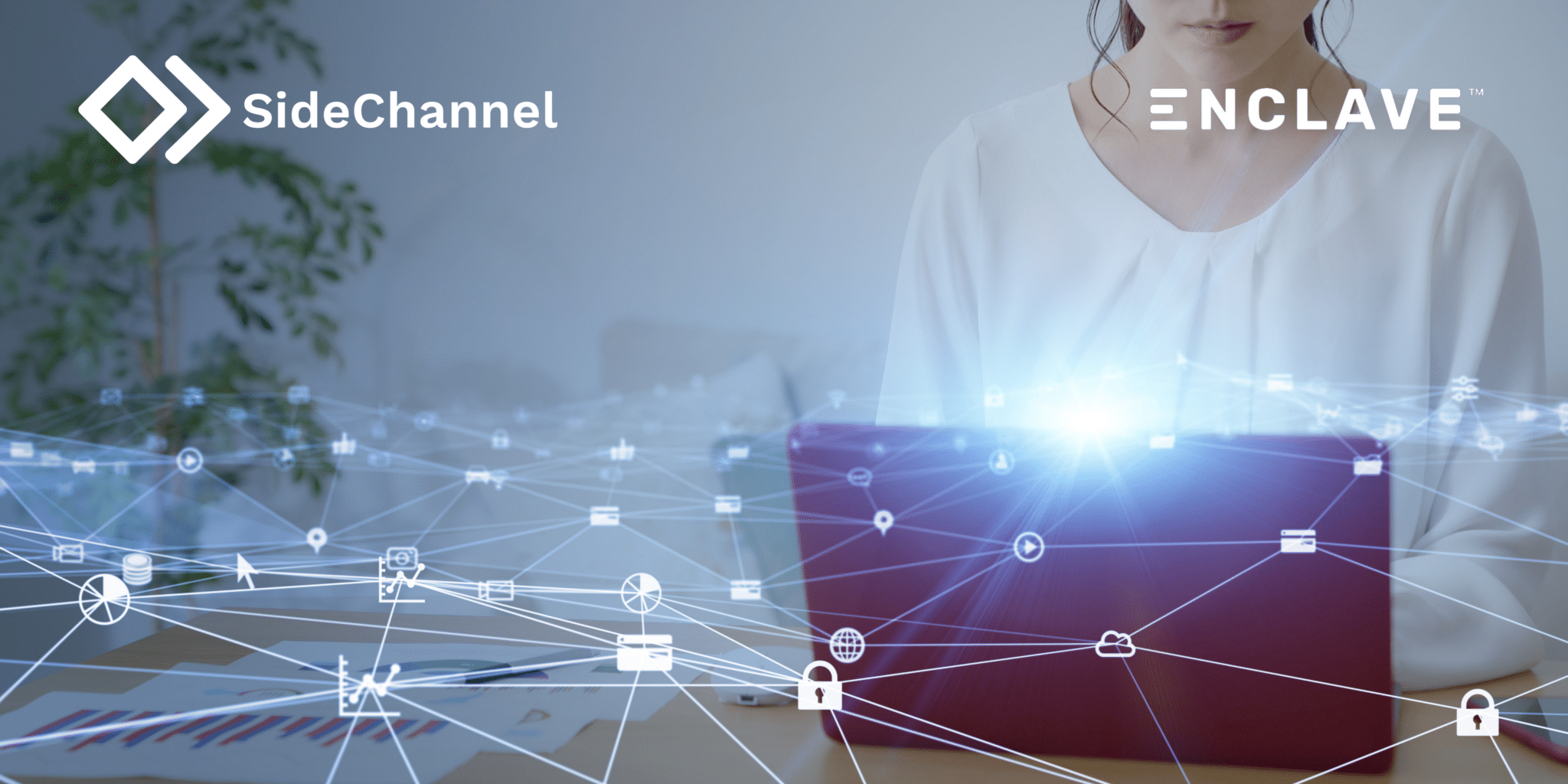For some the concept of Remote Work might create an image of lounging by a computer in the comfort of home, perhaps in a favorite pair of sweatpants. As technology advances, so does the way we conduct business. Remote work extends beyond the realm of Work From Home (WFH) – it encompasses business travel worldwide, fieldwork, collaboration with external partners, and attending conferences. It essentially involves performing tasks when physical presence in the office is not possible.
According to a 2024 market data report from Gitnux, 63% of businesses have faced data breaches due to employees working remotely. While remote work offers comforts, flexibility, and can enhance productivity, it also raises concerns about security and privacy.
However, equipped with the right knowledge and solutions, a secure remote work environment can be a viable and efficient option for both employers and employees.
Single Point of Failure
The most significant risk in remote work is attributed to the individual. Remote work scenarios expose people to different situations, such as connecting to various networks in public spaces, using personal devices, and the potential for human errors.
Unsecured Networks
Nomadic working often involves connecting to diverse networks in cafes, airports, etc. The term “unsecured networks” implies these environments might lack proper security protocols, making them susceptible to cyber-attacks. Without encryption, when information is transmitted across these networks, it becomes vulnerable to interception by malicious actors.
Unprotected Devices
When employees use personal devices for remote work, the risk of compromising company information increases. Without proper defenses, like encryption and regular software updates, these devices can become a point of failure. This vulnerability can lead to unauthorized access to data and the employee’s device.
Human Error
Even with secure networks and properly set up devices, human error remains a significant factor in cybersecurity. Unlike technical vulnerabilities, these unintentional mistakes are unpredictable and harder to prevent. Distractions, lack of awareness, and fatigue are factors contributing to human error. Such errors could create opportunities for bad actors to exploit sensitive information.
Securing Your Business with Remote Workers
Employers need to comprehend potential risks and implement practical solutions. The below list are things employers should consider:
Virtual Private Networks (VPNs)
Using a VPN establishes a secure pathway for data to travel across various networks by encrypting information, protecting it from interception.
Zero Trust Architecture (ZTA)
Zero Trust operates on the principle of “never trust, always verify.” It continuously validates users, offering a cybersecurity approach beyond traditional methods.
The details of how Zero Trust protects beyond traditional methods are outside the scope of this article. But, we have linked an article, Zero Trust Maturity Models (ZTMM) that goes into further detail.
Multi-Factor Authentication (MFA)
Implementing MFA adds an extra layer of security to devices by requiring additional verification steps, ensuring only authorized individuals have access to sensitive information.
Training Sessions
Educational sessions help reduce the chances of unintentional information sharing by educating employees and employers about potential risks and best practices.
Securing Remote Work
Regardless of where people are working, creating a secure and productive work environment can feel like a game of chess. Trying to see several steps ahead as to where and how work will be done and the best practices to protect from potential cyber threats. But having a proper system in place can give both protection and peace of mind.
Regardless of the location, creating a secure and productive work environment resembles a game of chess. Anticipating several steps ahead in how and where work will be done and adopting best practices to protect against potential cyber threats, is crucial. A proper system in place provides protection and peace of mind.
With an estimated 93.5 million mobile workers in 2024, up by 15 million from 2020, traditional perimeter defenses prove inefficient for offices without walls. Enclave, tailored to meet the demands of the modern workforce, employs zero trust and micro-segmentation strategies, safeguarding businesses against cyber threats and facilitating swift responses to unauthorized access.
Do you have a remote working policy that could use some help? Contact Us!



